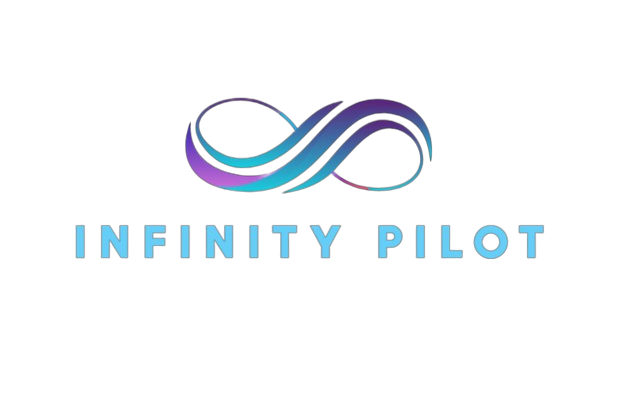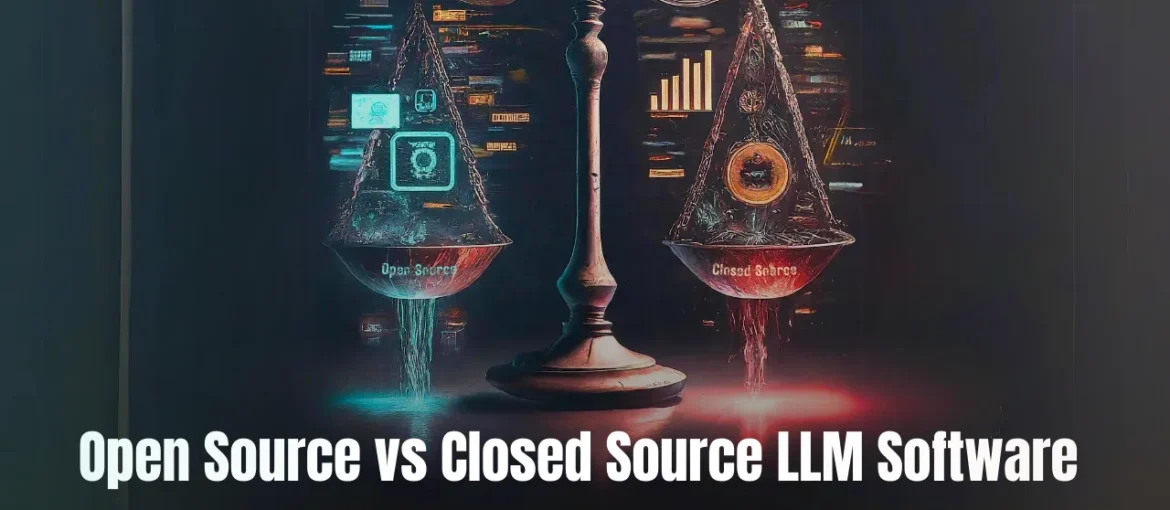Large Language Models (LLMs) have transformed artificial intelligence (AI) and natural language processing (NLP), enabling groundbreaking advancements across industries. However, as their adoption increases, businesses, developers, and researchers face a critical question: Should you choose an open-source or closed-source LLM?
Each option offers unique advantages and challenges, and the choice depends on your goals, resources, and priorities. Let’s explore the key differences and use cases to help you make an informed decision.
What Are Open-Source and Closed-Source LLMs?
Open-Source LLMs
Open-source LLMs are models with publicly available code, architecture, and weights. Examples include Hugging Face’s GPT-NeoX and Meta’s Llama 2 (released under specific terms).
- Advantages: Developers can study, modify, and deploy these models without licensing fees.
- Flexibility: Open-source models are highly customizable, making them ideal for specialized use cases.
Closed-Source LLMs
Closed-source LLMs are proprietary models developed by companies like OpenAI (GPT-4), Anthropic (Claude), and Google (Bard). These models are typically accessed through APIs with restrictions on customization and usage.
- Advantages: They are optimized, polished, and ready for deployment in enterprise-level applications.
- Ease of Use: Closed-source models often come with robust support and fewer setup requirements.
Key Differences Between Open-Source and Closed-Source LLMs
1. Accessibility and Customization
- Open-Source:
Open-source LLMs offer complete access to the model’s architecture and weights. This allows developers to fine-tune and tailor the model for specific applications, such as domain-specific chatbots or custom NLP tools.Example: If you’re building a chatbot for a niche industry like medical diagnostics, open-source models let you customize the training data for better accuracy.
- Closed-Source:
Closed-source LLMs are designed with predefined features and capabilities. While some providers offer fine-tuning options, these are often limited by licensing terms and infrastructure constraints.Example: Enterprises looking for plug-and-play solutions can use GPT-4 for general-purpose customer service without worrying about customization.
2. Cost Implications
- Open-Source:
These models are free or low-cost to access. However, the operational expenses associated with training or deploying them—such as computing power and cloud storage—can quickly add up.Example: Training a large model from scratch may cost hundreds of thousands of dollars in computing resources.
- Closed-Source:
Closed-source models follow subscription-based pricing, making costs predictable. While upfront fees are higher, the pricing includes access to highly optimized infrastructure, reducing operational overhead.Example: Using a cloud-based API like OpenAI’s GPT-4 allows companies to focus on implementation rather than infrastructure management.
3. Security and Privacy
- Open-Source:
Open-source LLMs allow data to remain on-premises, which is critical for industries handling sensitive information such as healthcare, finance, or government.Example: Hospitals using open-source models can ensure patient data never leaves their secure servers.
- Closed-Source:
Closed-source models rely on third-party infrastructure. While providers implement strict security measures, data compliance concerns may arise for highly regulated industries.Example: Banks may hesitate to use closed-source models due to stringent privacy regulations.
4. Performance and Scalability
- Open-Source:
Open-source LLMs often lag behind state-of-the-art proprietary models in terms of raw power and optimization. However, they can still deliver exceptional results with proper fine-tuning and domain-specific training. - Closed-Source:
Closed-source models benefit from extensive training on proprietary datasets and powerful infrastructure, offering unmatched performance and scalability for demanding applications.Example: GPT-4’s high accuracy makes it the preferred choice for enterprise-grade tools requiring sophisticated NLP capabilities.
5. Innovation and Collaboration
- Open-Source:
Open-source fosters a global community of developers who collaborate to enhance and innovate the models. New features, optimizations, and applications emerge frequently from community contributions.Example: Hugging Face’s ecosystem thrives on contributions from researchers and developers worldwide.
- Closed-Source:
Innovations in closed-source models are internally driven by the company’s resources. While this ensures polished, market-ready solutions, it limits external contributions.Example: OpenAI continually enhances GPT-4 but restricts external access to its architecture or weights.
When to Choose Open-Source or Closed-Source LLMs
Use Cases for Open-Source LLMs
- Budget Constraints:
Startups and academic projects with limited funding can leverage open-source models to minimize licensing fees. - Customization Needs:
Niche applications requiring fine-tuned models benefit from the flexibility of open-source solutions. - Privacy Concerns:
Applications dealing with regulated or confidential data are better suited for open-source models, as they allow on-premises deployment.
Use Cases for Closed-Source LLMs
- Performance Prioritization:
If cutting-edge accuracy and scalability are critical, closed-source models are the better choice. - Time-to-Market:
Enterprises looking for quick deployment without setup complexities should opt for closed-source models. - Enterprise Support:
Closed-source providers offer robust customer service, making them ideal for mission-critical applications.
Real-World Applications
- Open-Source in Action:
Hugging Face’s transformers empower researchers to build domain-specific tools in education and healthcare, advancing innovation on a budget. - Closed-Source Impact:
GPT-4 powers enterprise-grade applications in customer service, coding, and content generation, providing unmatched accuracy and reliability.
The Bottom Line: Open-Source or Closed-Source?
Choosing between open-source and closed-source LLMs boils down to your specific needs and constraints.
- Open-Source Models offer flexibility, customization, and cost-effectiveness, making them ideal for experimentation and niche use cases.
- Closed-Source Models provide performance, reliability, and ease of use, making them the go-to option for enterprise-level applications.
Both paths lead to innovation—it’s about aligning the model with your goals and resources. Whether you’re building a product, conducting research, or optimizing workflows, the right LLM can empower you to achieve unparalleled success.
The future of AI is bright, and the choice is yours. Which LLM will you choose to unlock your potential?


Leave A Comment